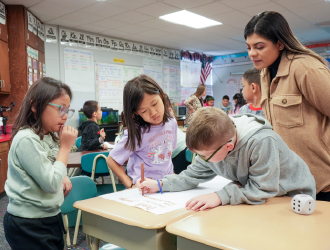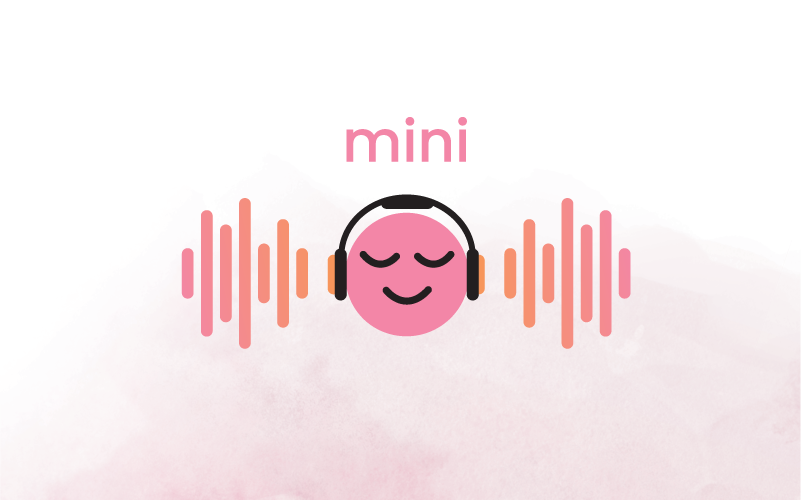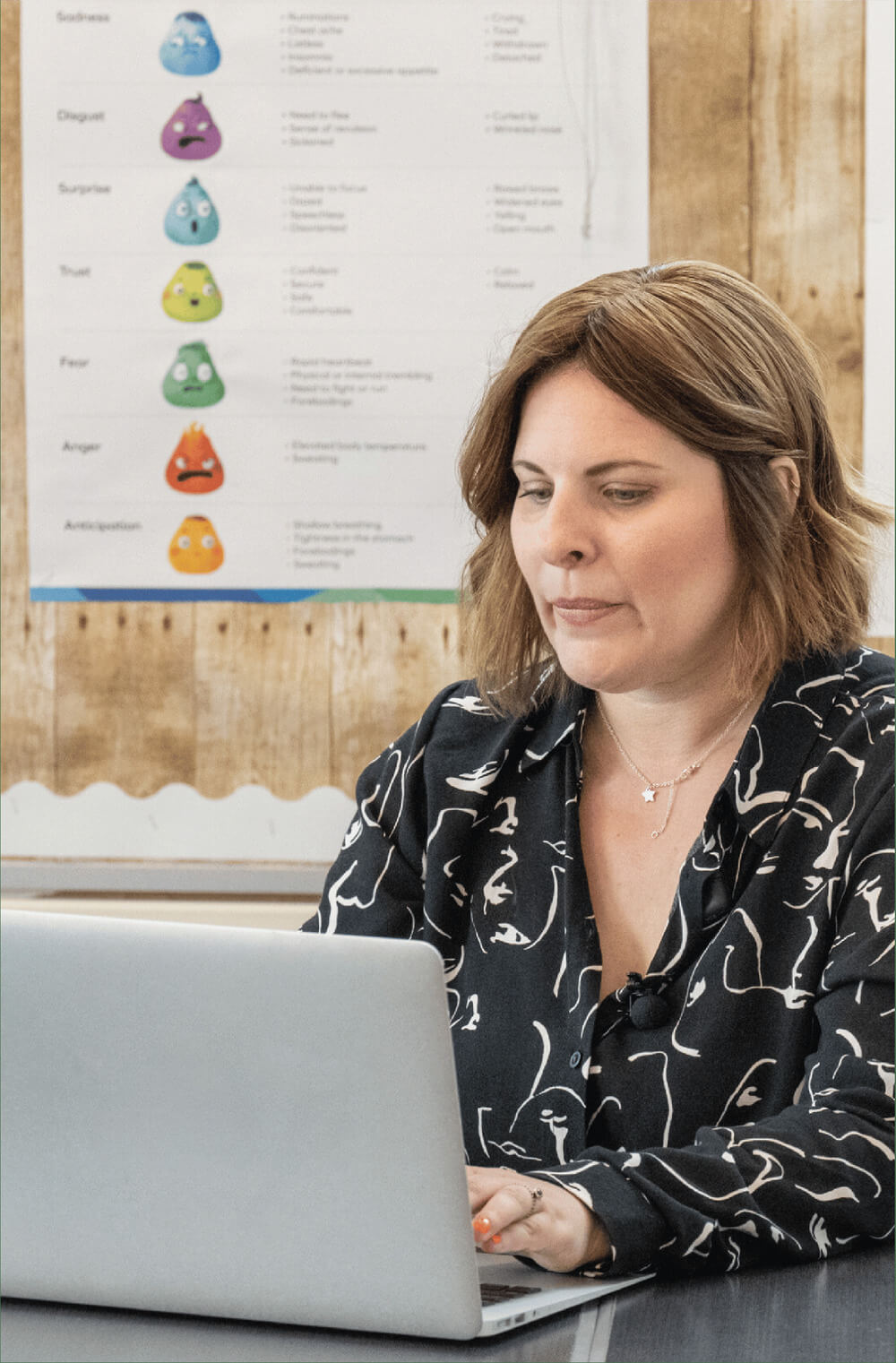
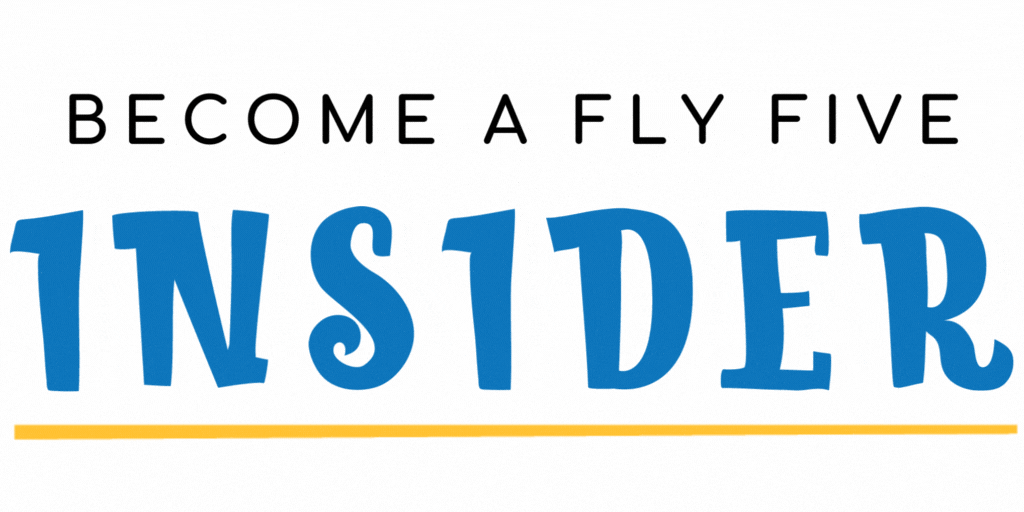
Foster Positive Feelings in the Classroom
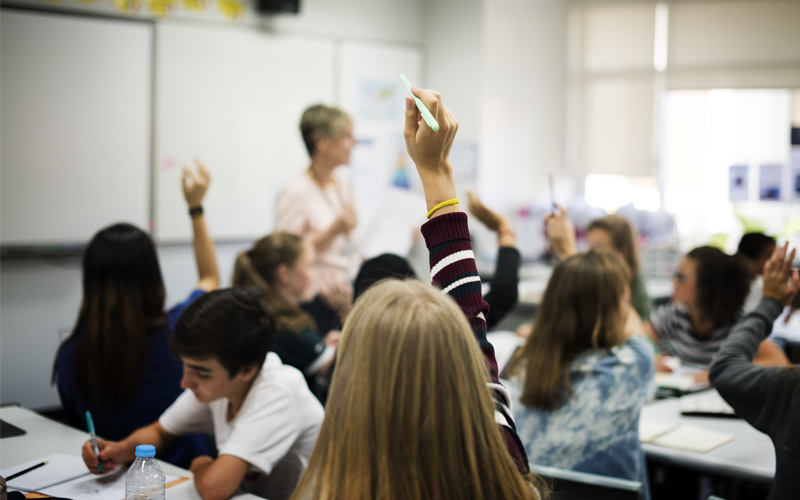
Fostering positive feelings in the classroom not only creates a safer learning environment—but a more helpful one. Research shows that when people feel happy, they are more likely to perform acts of kindness, which creates a positive feedback loop. (Layous et al., 2016)
The Importance of Positive Feelings in the Classroom
Positive feelings are born from authentic relationships between teachers and their school communities. When teachers create a warm, safe, and consistent learning environment, students are more likely to feel confident about themselves and their work. In an uplifting, structured, and welcoming classroom, students learn that others can be responsive to their needs while staying productive.
In positive learning environments, teachers cultivate healthy boundaries for their students so that they know what is expected of them. Educators can maintain a positive outlook by strategically using reinforcement to keep students’ expectations of themselves high. Teachers can help students rise to those expectations by actively listening to their wants and needs. A simple acknowledgment of students’ everyday social-emotional successes, such as letting them know you see them compromising during group work, strengthens students’ core social and emotional competencies, such as responsibility and cooperation. Classroom routines and procedures also help students feel a sense of group belonging and safety. This allows them to form bonds and keep each other accountable.
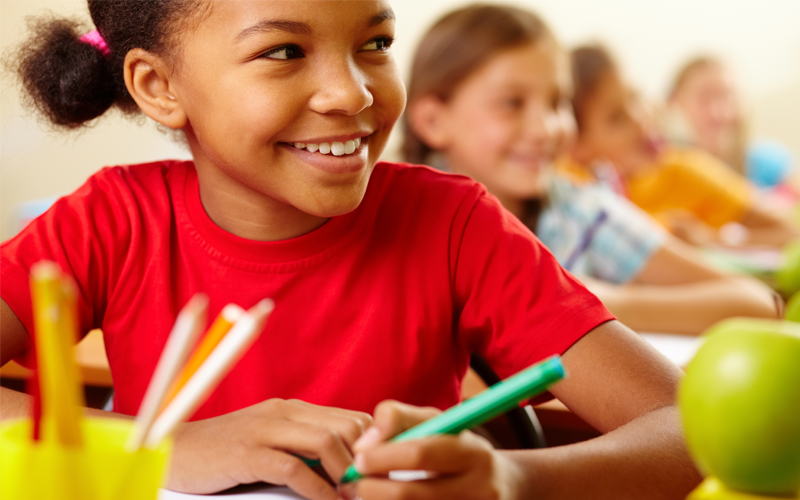
Fostering Positive Feelings in the Classroom
Positive feelings can be cultivated in the classroom through practice and classroom management. This can look and sound like (Ferlazzo, 2016):
- Taking time to acknowledge success and celebrate with students
- Active listening
- Honoring students’ learning with high expectations
- Consistency and fair boundaries between teacher and students
- Forgiveness for mistakes
- Creating a sense of security within the classroom
Teachers play an important role in helping students feel confident and positive about their school circumstances. To feel positive about their education experience, it is crucial to have an organized and accessible classroom. When students feel secure, it builds autonomy in the classroom. Consistent daily routines and clear classroom practices provide the structure needed to help students through learning transitions and in navigating new relationships (Ferlazzo, 2016).
Transitioning into a new school year can be one of the most challenging and rewarding times for students and teachers alike. Starting the semester off on the right foot requires teachers to stay organized and proactive. It’s a pivotal moment for fostering belonging in the classroom, and students look to their teachers to take the lead. (Ferlazzo, 2013). Researchers have found that when students’ feelings of acceptance increased, so did their GPAs, academic achievements, and motivation. (Layous et al., 2016) This is made possible by a positive learning space, cultivated by peers, teachers, and school administrators.
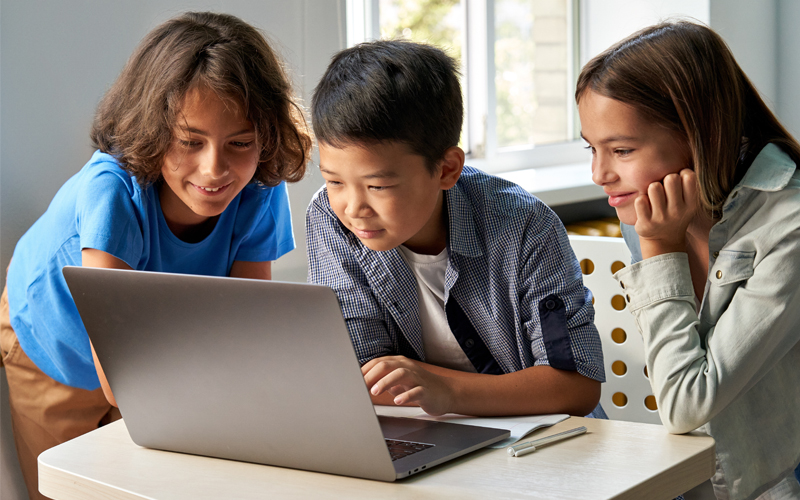
Cultivating Self-Awareness
In order to better serve our students, we also have to take care of ourselves and our emotions. Cultivating self-awareness is key to knowing when a class is feeling positive or in need of extra attention. Understanding how our thoughts and feelings influence our behavior brings us closer to understanding our students in difficult moments. Some ways to foster emotional reflection include (Positive Action, 2020):
- Positive awareness exercises, such as asking students to write a list of things they admire about themselves. It could be something as simple as “I am creative” or “I am patient.” This is an opportunity to learn about your class in a deeper way and for students to take a moment to feel proud of themselves (Positive Action, 2020).
- Take stock of your own body language as well as your students’. If students are smiling, open, and involved in classroom discussions, make note of those moments. Be aware of what works for engaging your students positively, and offer similar exercises throughout the semester.
- If students are engaging in attention-seeking behavior, try to understand why. Showing empathy and offering a safe space, without offering solutions, will validate their feelings and set them up for success (Caldwell, 2017).
Positive relationships are cultivated in classrooms on a daily basis thanks to teachers who foster strong connections with and between students. With a solid foundation, the loop of positivity will continue to strengthen teacher-student and peer relationships even more. (Layous et al., 2016).
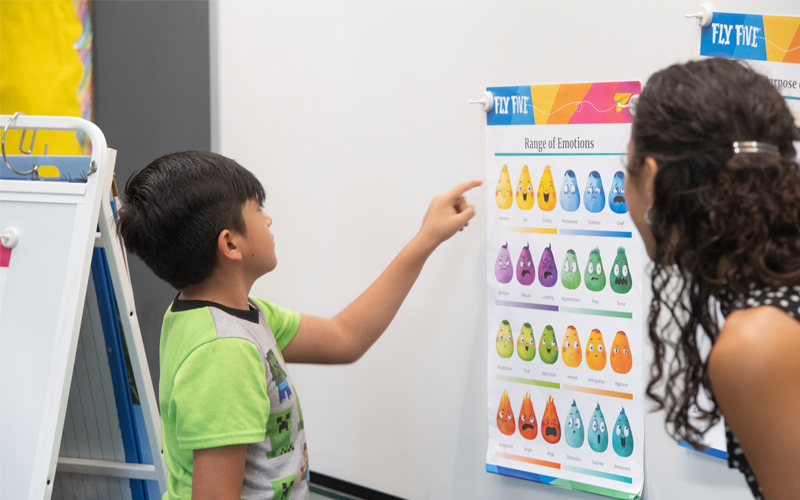
References:
Caldwell, M. (2017, January 30). How to listen with compassion in the classroom. Greater Good. https://greatergood.berkeley.edu/article/item/how_to_listen_with_compassion_in_the_classroom
Ferlazzo, L. (2013, August 8). Ways to start off the new year on a positive note. https://www.edweek.org/teaching-learning/opinion-response-ways-to-start-off-the-new-year-on-a-positive-note-part-one/2013/08
Ferlazzo, L. (2016, January 19). Manage classrooms through positive relationships. https://www.edweek.org/teaching-learning/opinion-response-manage-classrooms-through-positive-relationships/2016/01
Layous, K., Nelson, S. K., Kurtz, J. L., & Lyubomirsky, S., (2016). What triggers prosocial effort? A positive feedback loop between positive activities, kindness, and well-being. Journal of Positive Psychology, 12(4), 385–398. https://doi.org/10.1080/17439760.2016.1198924
Positive Action. (2020, August 7). Teaching self-awareness to students: 5 effective activities.https://www.positiveaction.net/blog/teaching-self-awareness-to-students



